5 common mistakes high handicap golfers make way too often
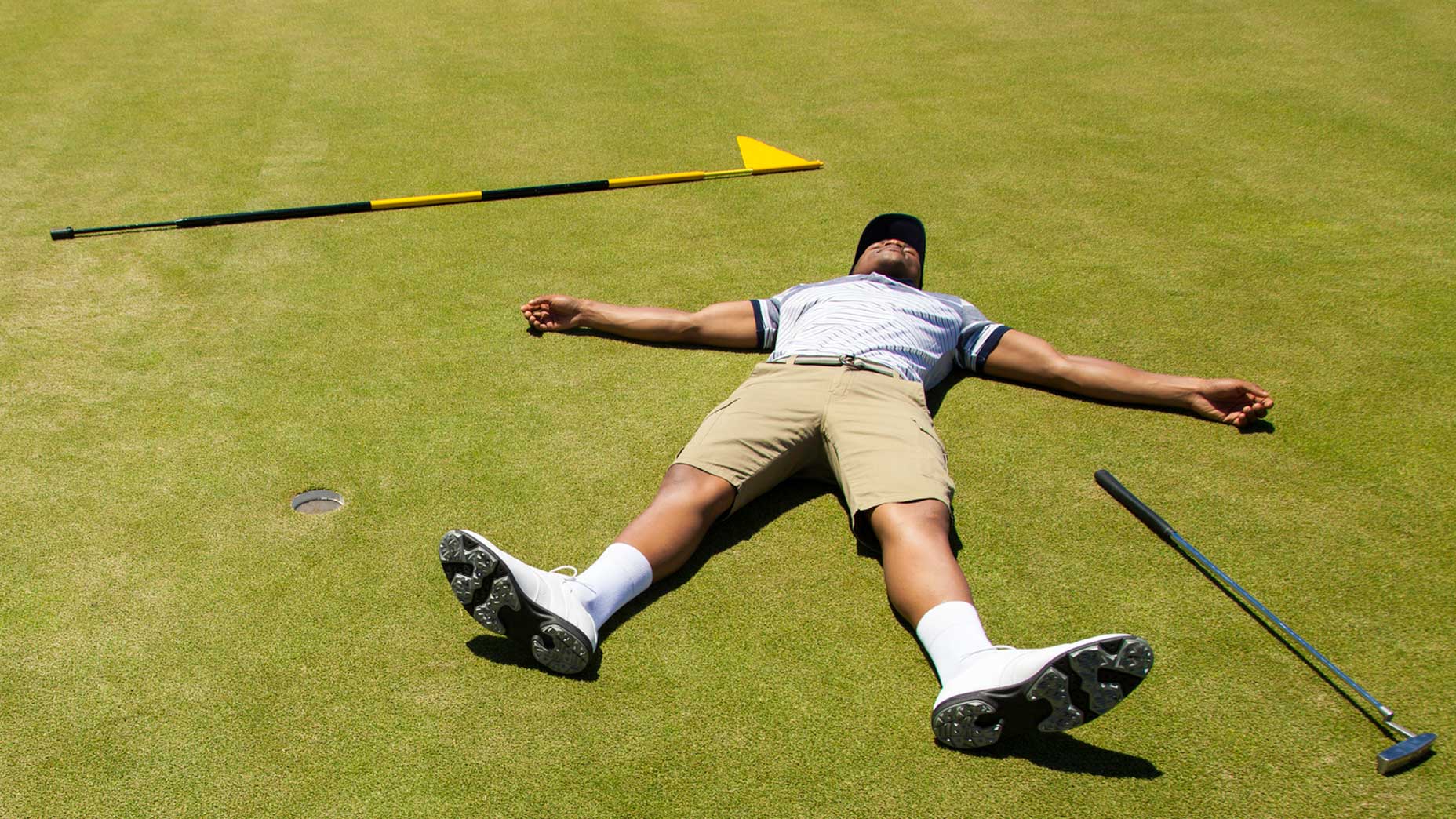
If only this golfer had read the advice in this article, he wouldn't be lying on the floor like that.
(GETTY IMAGES)
Many higher-handicap golfers think their games need a total overhaul for them to reach the promised land of being a consistent 80s-shooter. Often, that task seems so monumental they discourage themselves from trying before they even start, which is a shame, because whether they realize it or not, most golfers are closer to single-digits than they realize.
A few years ago, our partners at GOLFTEC analyzed data gathered on more than 90 million golf swings, in what they touted as the largest swing study ever recorded. What they found were a number of correlations between low handicappers and higher ones. You can book your own a lesson at GOLFTEC right here, but in the meantime, here’s a few interesting tidbits higher handicappers should keep in mind the next time they go play…
All of our market picks are independently selected and curated by the editorial team. If you buy a linked product, GOLF.COM may earn a fee. Pricing may vary.
Swing Evaluation or Club Fitting
BUY NOW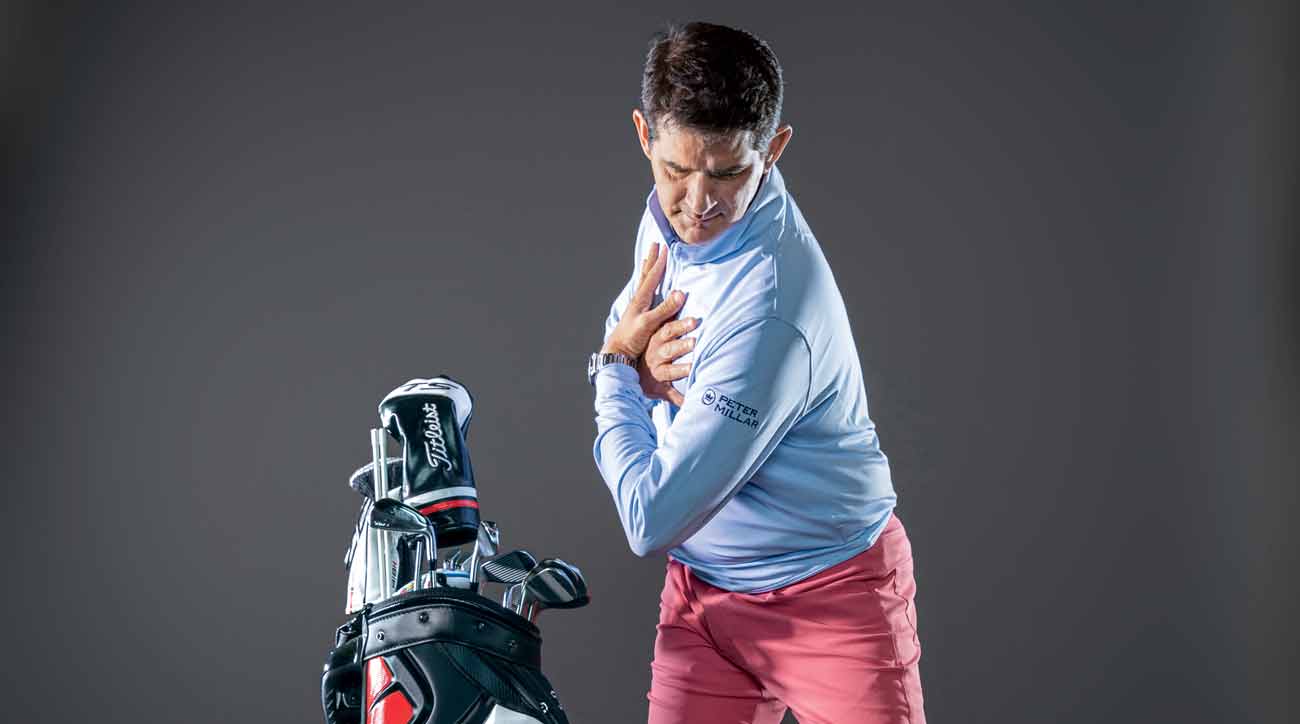
1. They sway too much in their backswings
Your backswing should be a turn, but GOLFTEC’s study found that for many higher handicaps, it’s more of a sway. And that’s a problem: higher-handicaps sway about 1.5 inches more away from the ball on the backswing than lower-handicappers, and as a result they never quite make it all the way back to the ball on impact. It’s a recipe for inconsistent contact.
As GOLF Top 100 Teacher Jason Baile demonstrates above, place a golf bag outside of your trail foot, and as you turn, work on making sure your hips never come into contact with it.
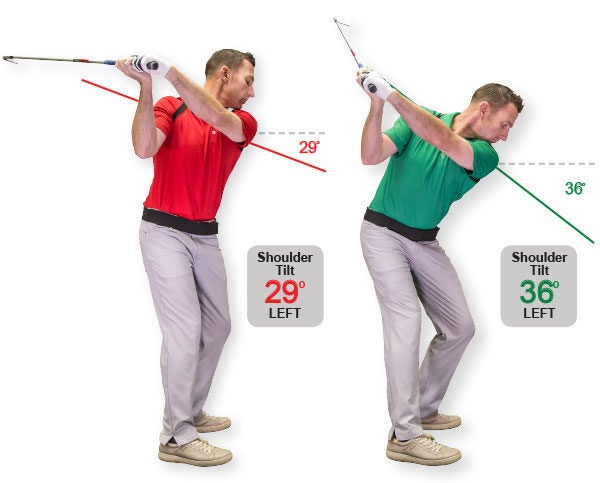
2. They turn too level
While it’s important to turn — not sway — your lower body on the backswing, the same is true with your upper body. But when you do, there is one thought you should have along the way: Turn your left shoulder down toward the ball. GOLFTEC found that higher handicappers tend to turn their shoulders too level (above, left), which can cause them to come over-the-top on the downswing. Lower handicappers turn their left shoulder down more (above, right), which gives them more tilt and improves their quality of contact.
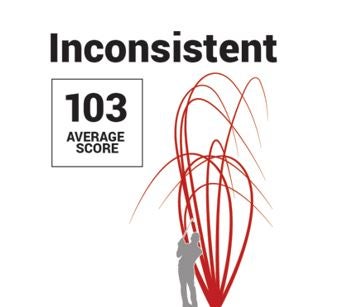
3. They don’t have a consistent miss
Golf is a game of misses, so you should probably know yours! You don’t need to hit every shot perfectly, but playing well becomes especially challenging when you have no idea where your bad shots are going. GOLFTEC found that golfers who didn’t boast a common miss (aka, a slice) had an average score of 103.
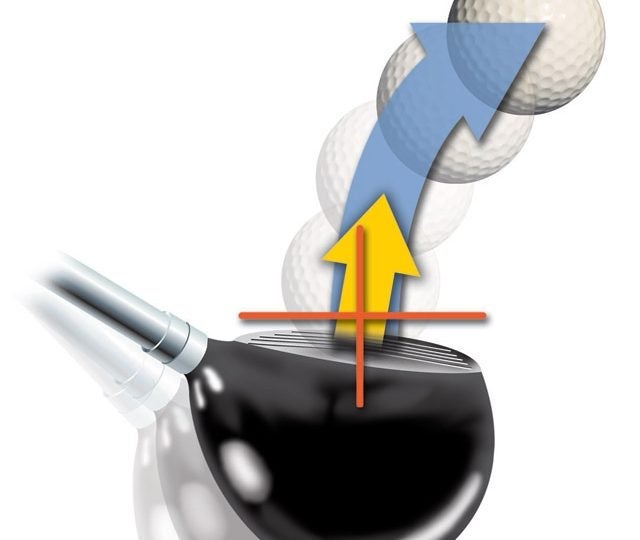
4. They leave the clubface open
One thing high handicappers do a lot, though? They leave the clubface open — almost five degrees more, on average, than lower-handicappers. It contributes to a slice, and another miss that’s common among high handicaps…
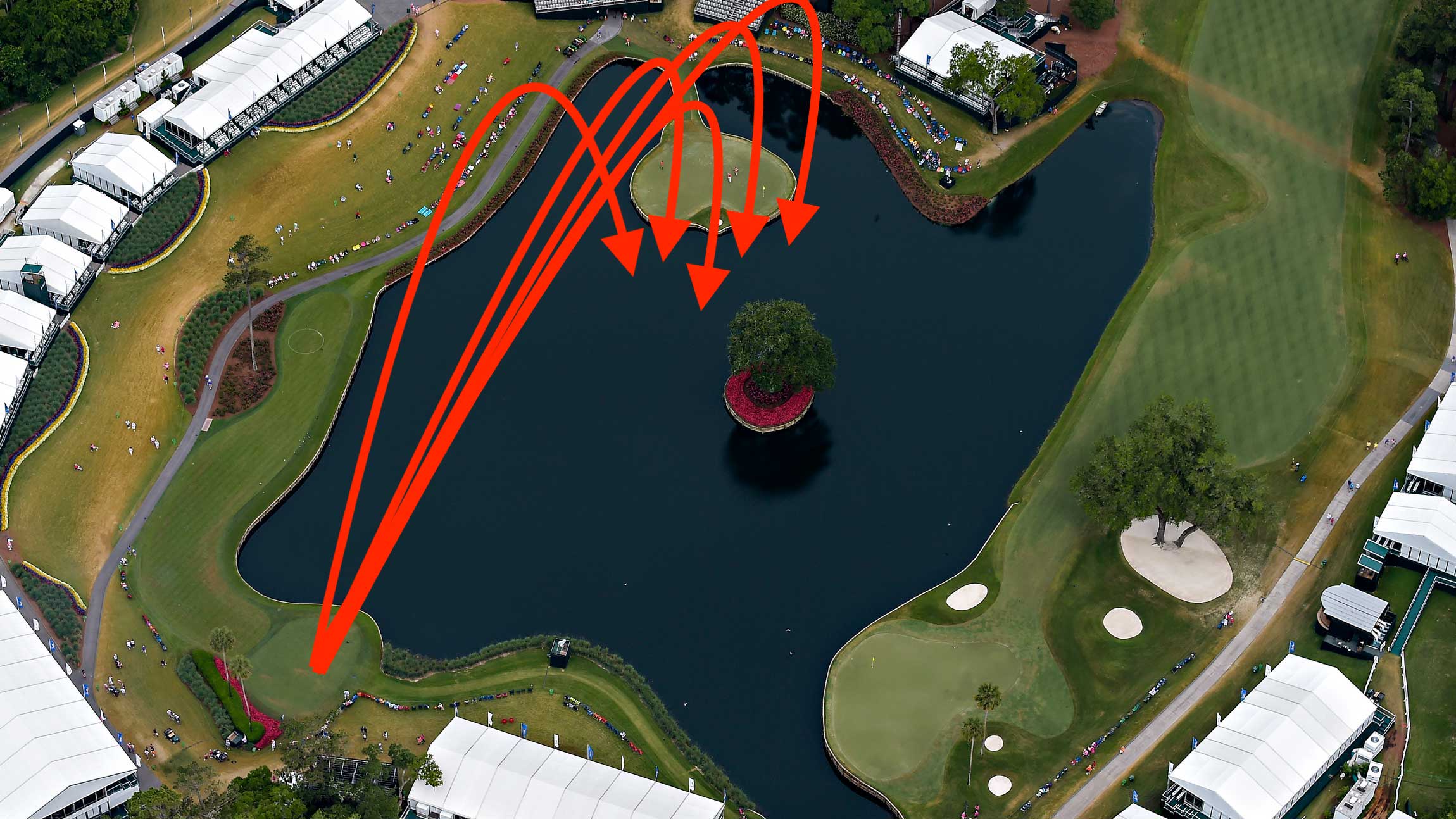
5. They miss greens short
When you leave the clubface open, you put more sidespin on the ball. You also add more loft, both of which make the ball fly shorter. Combine this with higher-handicappers’ tendency to under-club themselves, and it all results in lots of short misses. So the next time you’re on the course and find yourself debating whether to hit a 6- or 7-iron, the correct answer is: Hit your 5-iron.
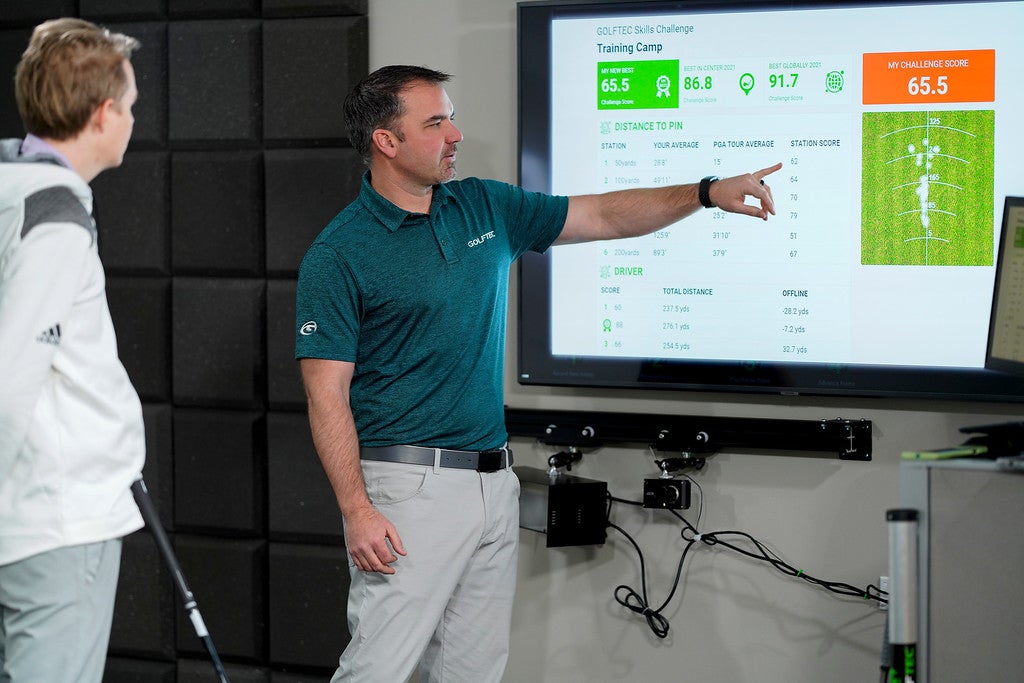


No comments:
Post a Comment